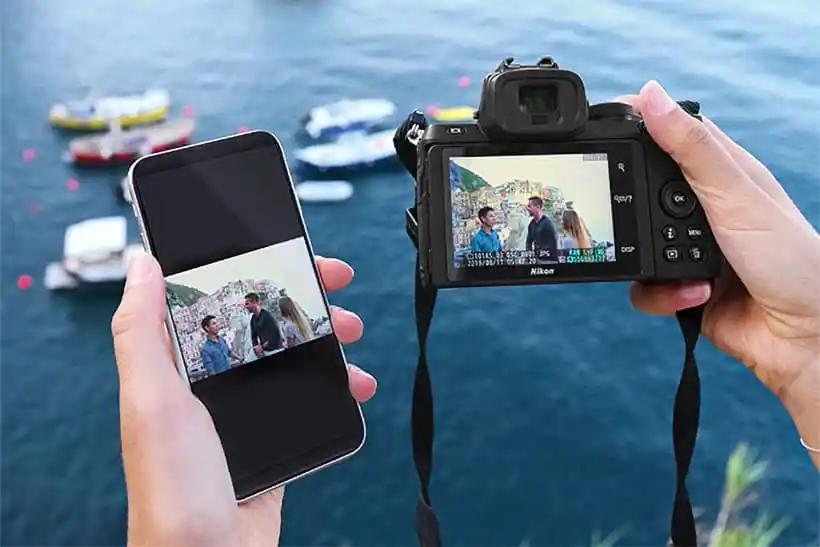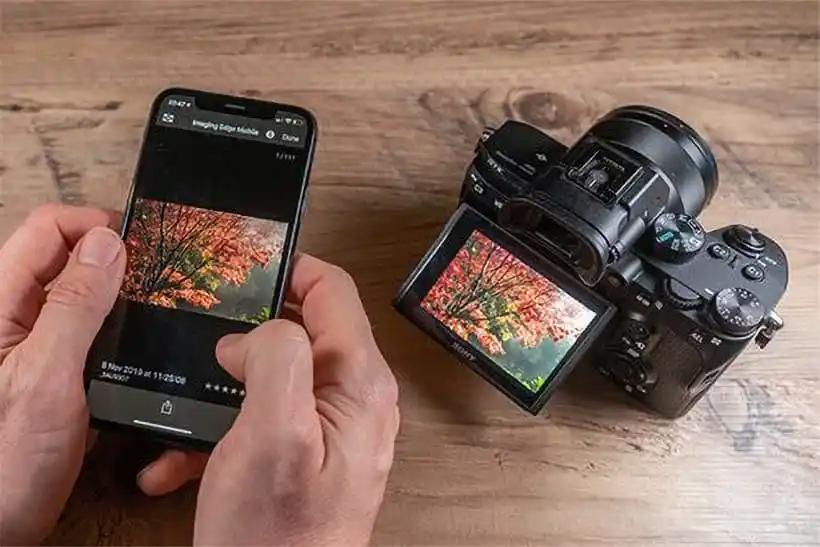Capturing high-quality photos with a digital camera is a rewarding experience, but transferring those images to your phone can initially feel complicated. Whether you’re looking to share your photos on social media, edit them on the go, or store them for easy access, there are several convenient methods available. From using USB adapters and SD card readers to taking advantage of wireless solutions like Wi-Fi or cloud services, each approach makes the process simple and efficient. This guide will explore the most effective and user-friendly ways to transfer photos from your camera to your phone quickly and easily, ensuring seamless connectivity between your devices.

What Are the Ways to Transfer Photos from Digital Cameras to Phones?
There are several methods available to transfer photos from your digital camera to your phone. You can use physical adapters, wireless options like Wi-Fi or Bluetooth, cloud services, or even third-party apps. Each method has its advantages depending on your camera model, phone, and preferences
Use a USB Adapter to Transfer Photos
One of the simplest ways to transfer digital camera photos to your phone is by using a USB adapter. This option is ideal if your camera doesn’t have wireless capabilities or if you prefer direct transfers.
Advantages:
Transfer Photos Wirelessly Using Wi-Fi or Bluetooth
Modern digital cameras often come equipped with wireless connectivity, such as Wi-Fi or Bluetooth. This allows for a seamless, wireless transfer of images from the camera to your phone.
Advantages:
Using Cloud Services for Photo Transfers

If you prefer automatic syncing, cloud storage services such as iCloud, Google Photos, or Dropbox are excellent options. Many digital cameras, especially those with Wi-Fi capabilities, can upload photos directly to these cloud services. Once the photos are in the cloud, you can access and download them to your phone.
Advantages:
Using Third-Party Apps
Several third-party apps can facilitate the transfer of photos from a digital camera to your phone. These apps often offer additional features, such as editing tools and storage management.
Advantages:
Conclusion
Transferring photos from your digital camera to your phone is simpler than ever, thanks to the various methods available. Whether you prefer the direct approach of a USB adapter, the wireless convenience of Wi-Fi and Bluetooth, or the flexibility of cloud services and third-party apps, there’s a solution that fits your needs. By following the steps outlined in this guide, you can quickly and efficiently get your high-quality photos from your camera onto your phone, ready for sharing or editing.
FAQs
What equipment do I need to transfer photos from a digital camera to a phone?
To transfer photos from a digital camera to a phone, you’ll need either a USB adapter (such as a Lightning to USB for iPhones or an OTG adapter for Android), or a camera with wireless features like Wi-Fi or Bluetooth. Alternatively, you can use cloud services or third-party apps that are compatible with both your camera and phone.
Is it possible to transfer photos without a computer?
Yes, it is entirely possible to transfer photos from a digital camera to your phone without using a computer. You can use USB adapters, Wi-Fi, Bluetooth, or even cloud services to move your images directly from the camera to your phone.
How do I ensure the quality of photos when transferring?
To ensure the quality of photos remains intact during transfer, always choose methods that support full-resolution file transfers, such as USB adapters, Wi-Fi transfers, or cloud services. Avoid compressing images unless necessary, and check your transfer settings in the camera’s app to make sure the highest quality files are being sent.
